44 are non gmo labels required in europe
NON-GMO Documents and Procedures NON-GMO Food Control Council - Documentation. On this page, you can access NON-GMO Food Control Council official documents, certification procedures and management system standards. NON_GMO_AGRICULTURE STANDARD. Show & Download. Genetically modified food in the European Union - Wikipedia The coexistence of GM and non-GM crops has raised significant concern in many European countries and so EU law also requires that all GM food be traceable to its origin, and that all food with GM content greater than 0.9% be labelled. [35] Due to high demand from European consumers for freedom of choice between GM and non-GM foods.
Traceability and labelling - Food Safety There exist "GM-free labels" pointing out that, in addition to what is laid down by the EU legislation on GMOs, specific measures have been taken on a voluntary basis to strictly exclude the presence or the use of GMOs in some food or feed products. Such voluntary labels are possible provided that they are not misleading for the consumer.

Are non gmo labels required in europe
EU - Labeling/Marking Requirements - International Trade Administration In addition, since January 1, 2019, manufacturers, importers, and authorized representatives of non-EU manufacturers have to register all products requiring energy labels in the European Product Database for Energy Label and Eco-Design, access to which is available to EU consumers. Devices for Use in Potentially Explosive Atmosphere (ATEX) Breakdown of GMO Labeling Laws in Each Country (Global Map) Italy - Requires mandatory labeling of nearly all GE foods and a labeling threshold of 0.9-1% GMO content. Greenland (Denmark) - Requires mandatory labeling of nearly all GE foods and a labeling threshold of 0.9-1% GMO content. China - Mandatory labeling of many GE foods and a labeling threshold of 1% or higher, or undefined GMO content. Food labelling - general EU rules - Your Europe Labelling Mandatory information must be printed using a font with a minimum x-height of 1.2 millimetres. If the largest surface area of packaging is less than 80 cm², you can use a minimum x-height of 0.9 mm. For packaging surface of less than 10 cm², you must list: name of the food
Are non gmo labels required in europe. Non-GMO labels are on the rise in Europe - but why? - FoodNavigator But why the need for non-GMO label at all if manufacturers have a legal requirement to be transparent about GM content? Alexander Hissting, managing director of the German Association of GM-free Food ( Verband Lebensmittel ohne Gentechnik ) told FoodNavigator: "The necessity comes … from the loopholes in the current EU labelling regime for ... Is Organic Food Really Better for the Environment? Oct 22, 2019 · Very true. It’s like the problems with high processed foods / non-organic, much like heavy metals in water (lead, mercury, etc) – the high processed foods mixed in with lots of synthetic chemicals gives not only unhealthy lives / costly “health care” (health care that is often more part of profiteering system as more part of problem than true “health”) yet increased costs via ... Monsanto - Wikipedia Monsanto was a member of EuropaBio, the leading biotechnology trade group in Europe. One of EuropaBio's initiatives is "Transforming Europe's position on GM food". It found "an urgent need to reshape the terms of the debate about GM in Europe". EuropaBio proposed the recruitment of high-profile "ambassadors" to lobby EU officials. Study suggests new US GMO labeling law likely to have little effect on ... That said, the US GMO labeling law is notably less stringent and contains more exemptions than many other countries' labeling laws, particularly in Europe, so in that sense we would expect that import testing and restrictions on certain US products will remain similar to the current status quo."
The European Union on GMOs: Achieving compliance for your product Therefore, the EU has established a 0.9% GMO threshold, per ingredient, for application of the mandatory labeling requirement. "Genetically modified" labeling is not required if the percent GMO is no higher than 0.9% per ingredient, provided that any GMO presence is "adventitious" or "technically unavoidable." GMO Authorization Non-GMO - Consumer Reports Claim: Non-GMO. Main benefits: None. Limitations: This claim doesn't have any consistent standards or rules to back it up. • Testing is not required. • Third-party verification is required ... The Truth Behind GMO Labeling | GMO Answers The non-GMO label means a food product contains fewer than 1% of genetically modified ingredients. Because of this, food labeled non-GMO is not legally considered GMO-free. GMOs (genetically modified organisms) are crops that have been created to produce more desirable traits. Non-GMO labels can differ in other countries. FoodChain ID provides certification and audit services for ... FoodChain ID delivers essential certification and auditing services for the food industry. Our food safety and sustainability expertise is supported by technology-enabled capabilities in more than 100 countries.
How are GMOs labeled around the world? - Genetic Literacy Project It appears that no country requires labeling of foods produced with the aid of GM enzymes, including the vast majority of hard cheeses produced in the US and Europe. Such cheeses were traditionally... Organic 101: Can GMOs Be Used in Organic Products? | USDA Feb 21, 2017 · This is the thirteenth installment of the Organic 101 series that explores different aspects of the USDA organic regulations. The use of genetic engineering, or genetically modified organisms (GMOs), is prohibited in organic products. This means an organic farmer can’t plant GMO seeds, an organic cow can’t eat GMO alfalfa or corn, and an organic soup producer can’t use any GMO ... Guidance: Voluntary Labeling Food from Genetically Engineered Plants This guidance addresses the voluntary labeling of plant-derived foods with information concerning whether the food was or was not produced using genetic engineering. Non-GMO Production in Europe - ENGA Non-GMO production has developed into a well-established quality standard in many European countries: at present in Austria, France, Germany, Slovenia, Italy, Hungary, Poland, the Czech Republic, Switzerland and Bosnia-Herzegovina laws or industry agreements are in force that regulate non-GMO labelling on a voluntary basis.
GMO legislation - Food Safety directive 2001/18/ec does not provide for the involvement of the european food safety authority (efsa) on notifications under its part b (deliberate release of gmos for any other purpose than for placing on the market).conversely, this directive requires efsa to provide scientific output on notifications under part c of the directive (placing on …
Genetically modified organism - Wikipedia Labeling of GMO products in the marketplace is required in 64 countries. Labeling can be mandatory up to a threshold GM content level (which varies between countries) or voluntary. In Canada and the US labeling of GM food is voluntary, [331] while in Europe all food (including processed food ) or feed which contains greater than 0.9% of ...
Several European countries move to rule out GMOs - European Commission Genetically Modified (GM) plants are those that have been engineered in a laboratory in order to make them resistant to disease, pests and certain environmental conditions. The term 'GMO' can be applied to any modified plants, animals and micro-organisms. America and Asia have been growing GM crops on a large scale for many years.
GMO | EFSA - European Food Safety Authority EFSA publishes new guidance for assessing risks from the "unintended, adventitious or technically unavoidable presence" in food and feed of a low level of genetically modified plant material intended for markets other than Europe. The presence at low level is defined by the European Commission to be a maximum of 0.9% of genetically modified plant material per ingredient (e.g. grain, flour ...
Understanding Non-GMO labeling - Kabrita USA In Europe, all GMO ingredients must be legally declared on the label. This is the law and has been in effect for over a decade. As a result, all crops and ingredients grown or produced in Europe are predominantly Non-GMO. This applies to animal feed, which is typically comprised of Non-GMO grasses like alfalfa along with Non-GMO soy and corn.
How GMOs Are Regulated in the United States | FDA The Standard establishes requirements for labeling foods that humans eat that are or may be bioengineered and defines bioengineered foods as those that contain detectable genetic material that has...
GMO Labeling Laws Around the World: The 64 Countries That Do It South Africa. South Korea. Sri Lanka. Ukraine. These countries require mandatory labeling of some GMO foods, but with numerous exceptions and no labeling threshold defined; or a vague mandatory GMO food labeling law that lacks implemention and enforcement provisions. Bolivia. Cameroon. Ecuador. El Salvador.
Standard Terms - EDQM An updated version of the Standard Terms database was released on 21 August 2017. A new tagging feature has been added, which will allow the introduction of ‘non-traditional’ Standard Terms, i.e. terms that are not intended for use in marketing authorisation applications and labelling, but for other specific purposes such as adverse-event reporting.
EU Labeling Requirements - United States Mission to the European Union General labeling requirements The standard U.S. label does not comply with the EU's labeling requirements. On December 13, 2014, the EU's new "Food Information to Consumers (FIC)" Regulation 1169/2011 becomes applicable and introduces new obligations and changes to the existing rules. The FIC regulation establishes new horizontal labeling requirements and repeals labeling directive ...
ENGA pushes for non-GMO food labelling across Europe - FoodNavigator "With our non-GMO label, we are trying to close a loophole in the EU GMO labelling legislation." According to EU legislation, milk, eggs and meat are not required to carry GMO labels if the animals that produced them were fed with genetically modified feed. If a producer wants to label its food as non-GMO, non-GMO feed must be used.
Non-GMO Certification - FoodChain ID Non-GMO Certification Contact Us Genetically modified (GM) foods have raised concern amongst consumers regarding the impact on the environment as well as human and animal health. As a result, many countries require mandatory labeling of foods containing GM ingredients (inputs) where the percentage exceeds a certain threshold. To meet consumer demands for transparency and support […]
Related Posts - United States Mission to the European Union The regulation does not require labeling of food products that are not food ingredients, such as processing aids. Meat, milk or eggs obtained from animals fed with GM feed or treated with GM medicinal products do not require GM labeling. EU-harmonized legislation defining "non-GM", 'GM-free" or similar labeling terms does not (yet) exist.
Labeling Around the World | Just Label It Unlike most other developed countries - such as 28 nations in the European Union, Japan, Australia, Brazil, Russia and even China - the U.S. has no laws requiring labeling of genetically modified foods. Below is a full list of countries that require labeling (courtesy of The Center for Food Safety ): Australia Austria Belarus Belgium Bolivia
GMO Labeling Laws per Country - Global Food Safety Resource GMO Labeling Laws If you look at the table below, only three countries implement a complete and total ban of genetically engineered (GE) food both imported and cultivated. Most of the countries in the EU region, Australia and New Zealand implement mandatory labeling with up to 1% labeling threshold of GMO content.
Viewpoint: Mandatory labeling of crop biotechnology-derived foods is a ... In the European Union (EU), the current mandatory GM content and origin labeling requirements were introduced more than 20 years ago and specifically focused on foods containing or derived from GM ...
Preparing for GMO labeling in 2022 - Food Business News Manufacturers will be required to label products containing GMOs by 2022. The standard mandates the use of the term "bioengineered" instead of "GMO" in disclosures. It also allows a 5% ingredient...
Food labelling - general EU rules - Your Europe Labelling Mandatory information must be printed using a font with a minimum x-height of 1.2 millimetres. If the largest surface area of packaging is less than 80 cm², you can use a minimum x-height of 0.9 mm. For packaging surface of less than 10 cm², you must list: name of the food
Breakdown of GMO Labeling Laws in Each Country (Global Map) Italy - Requires mandatory labeling of nearly all GE foods and a labeling threshold of 0.9-1% GMO content. Greenland (Denmark) - Requires mandatory labeling of nearly all GE foods and a labeling threshold of 0.9-1% GMO content. China - Mandatory labeling of many GE foods and a labeling threshold of 1% or higher, or undefined GMO content.
EU - Labeling/Marking Requirements - International Trade Administration In addition, since January 1, 2019, manufacturers, importers, and authorized representatives of non-EU manufacturers have to register all products requiring energy labels in the European Product Database for Energy Label and Eco-Design, access to which is available to EU consumers. Devices for Use in Potentially Explosive Atmosphere (ATEX)

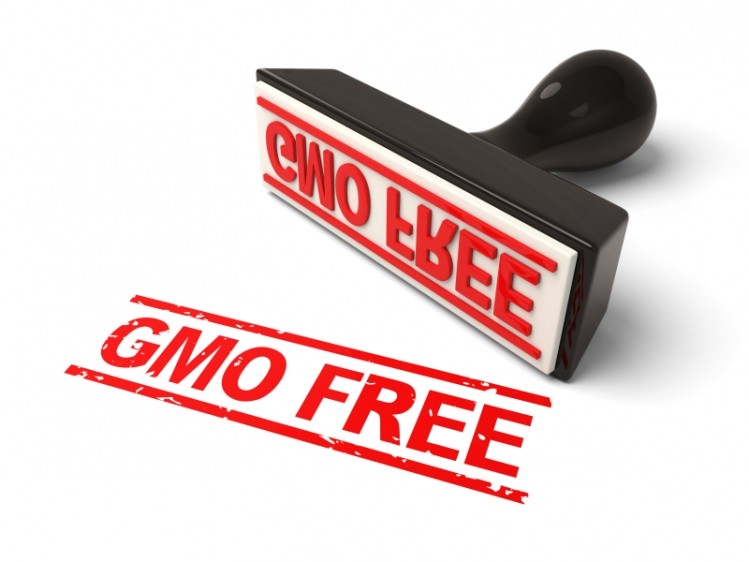
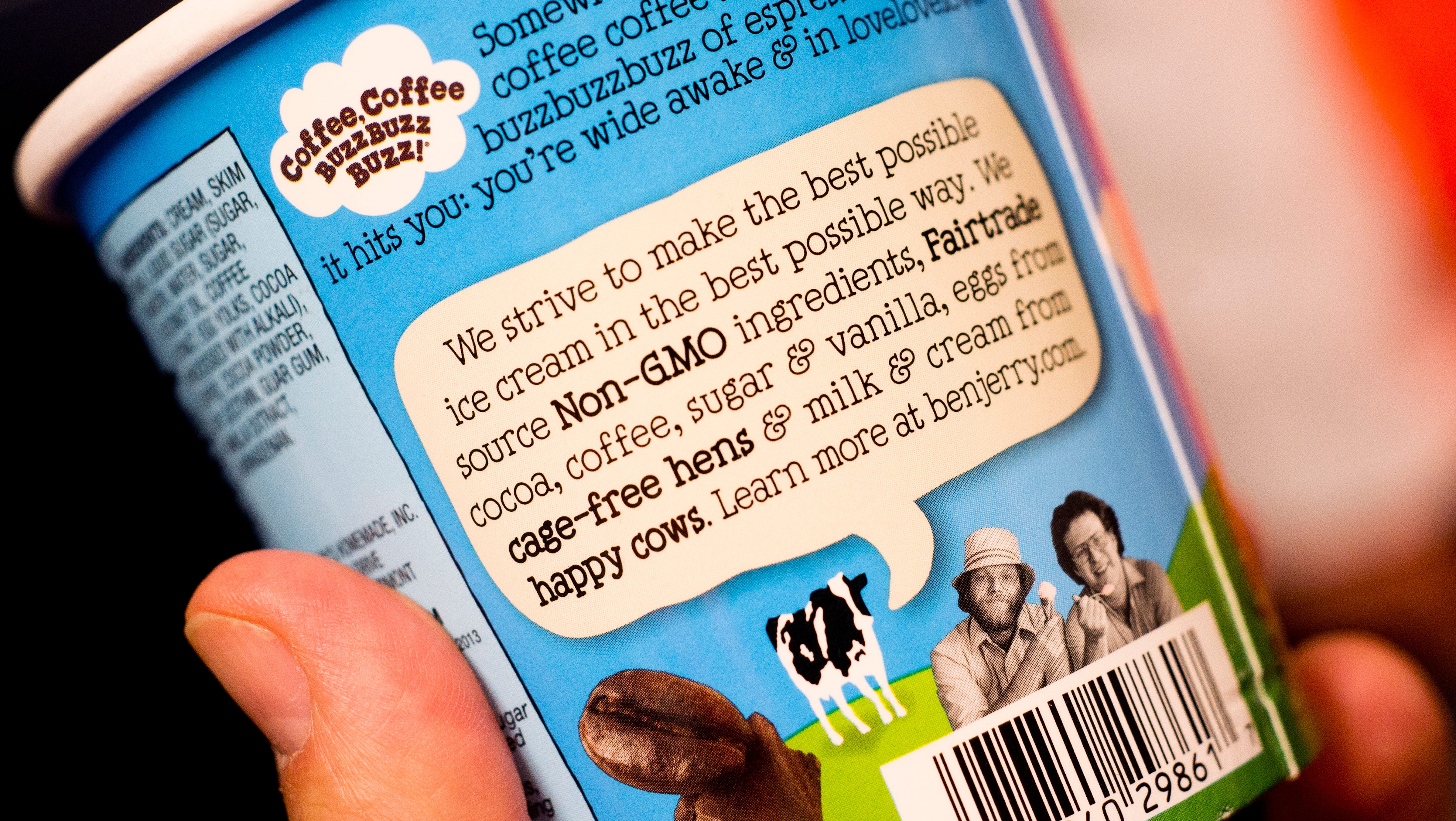
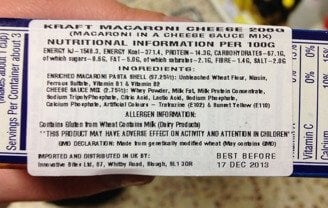



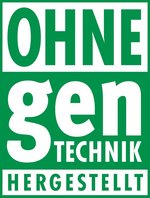
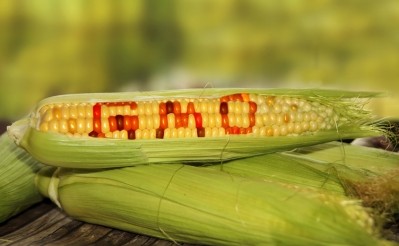
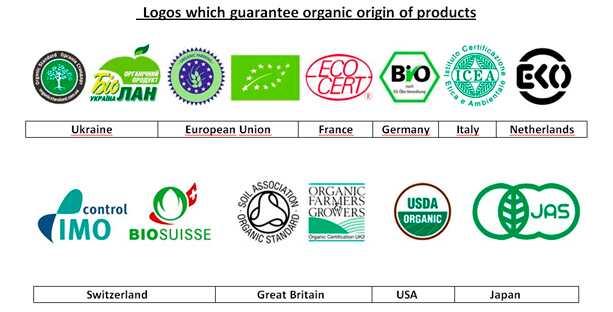






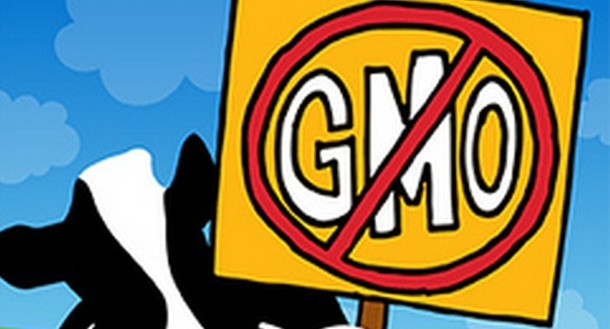
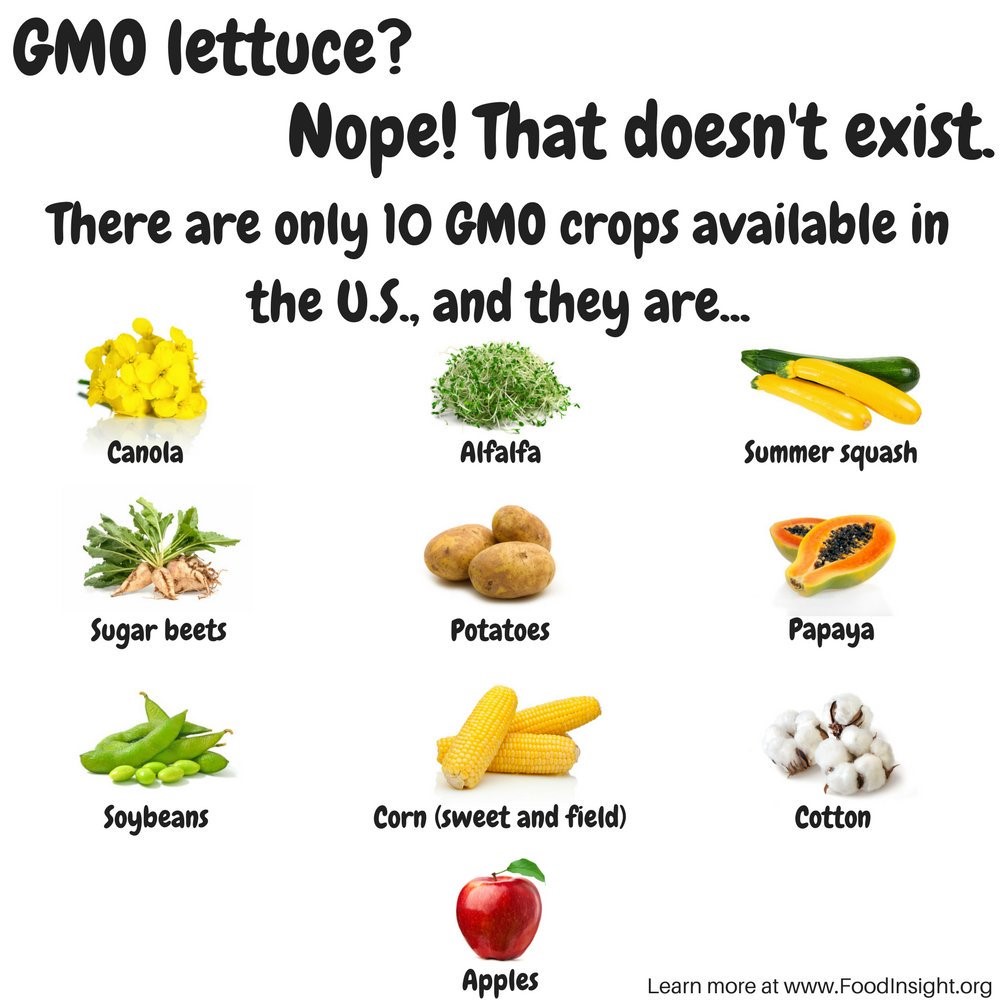
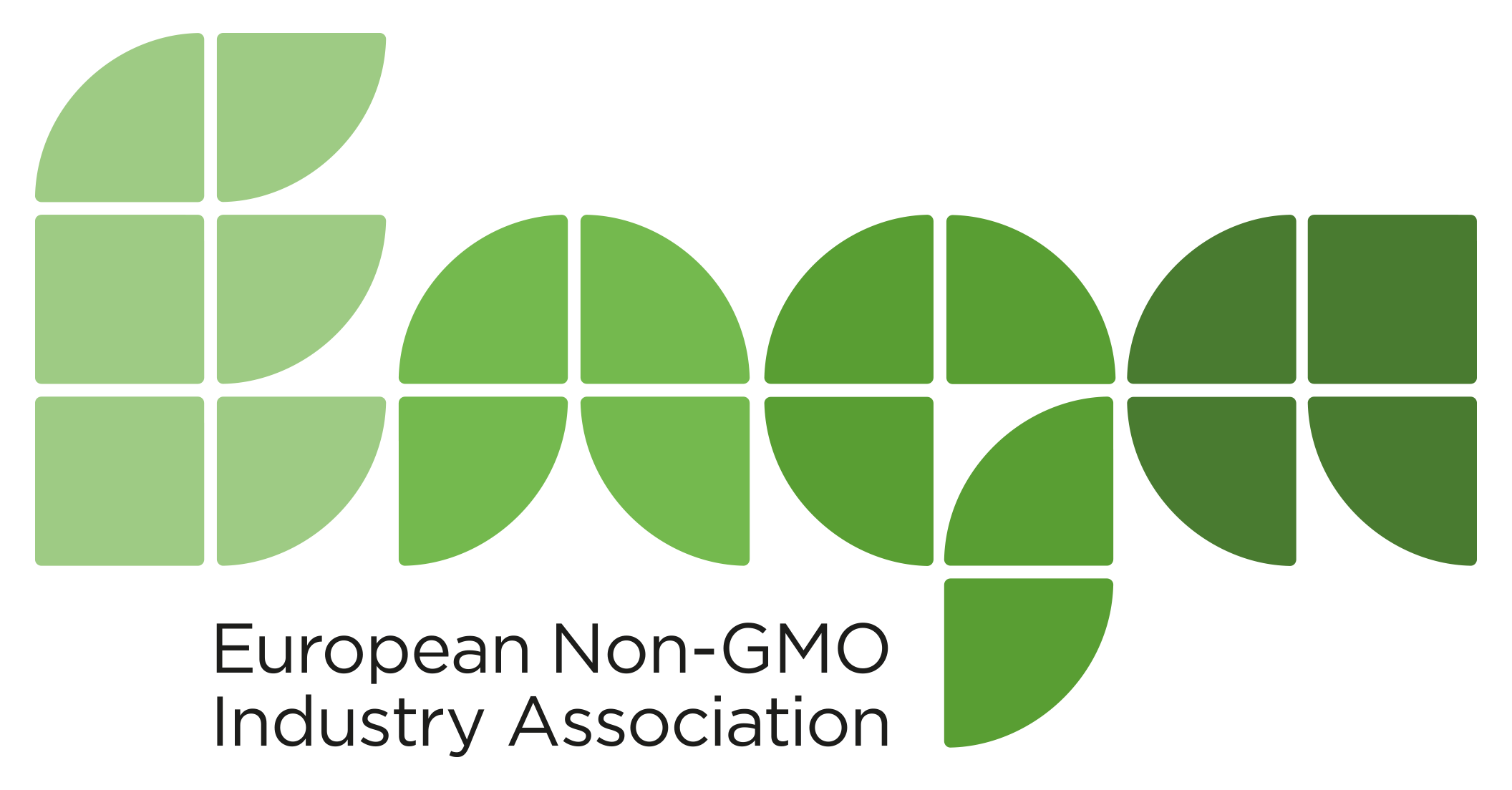

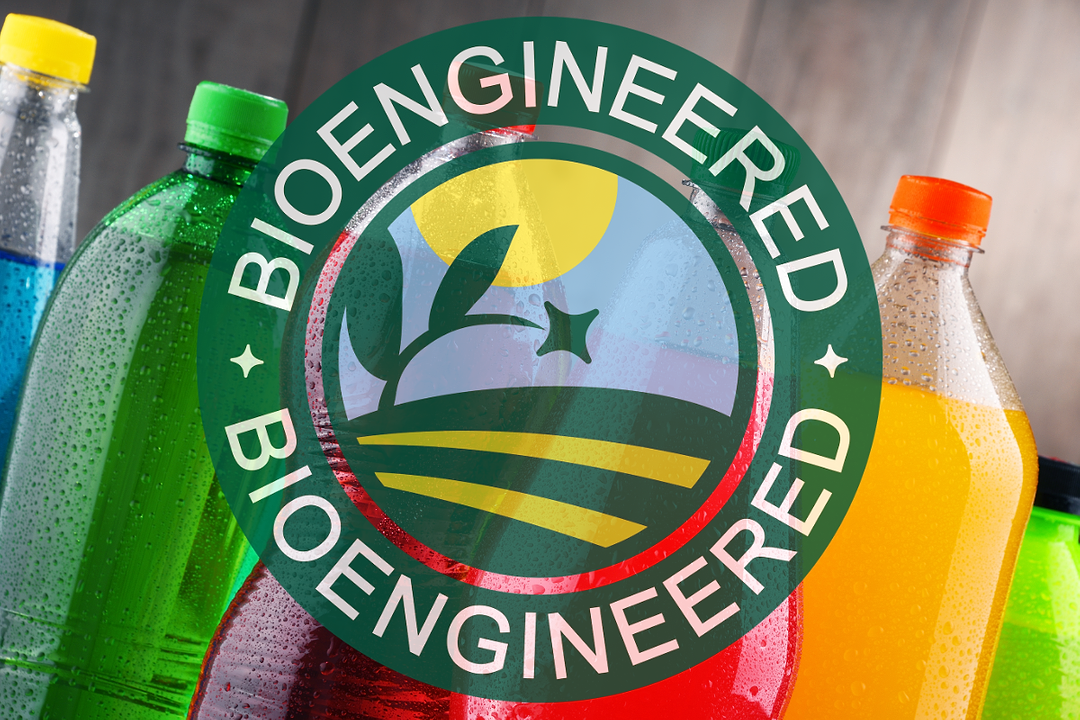
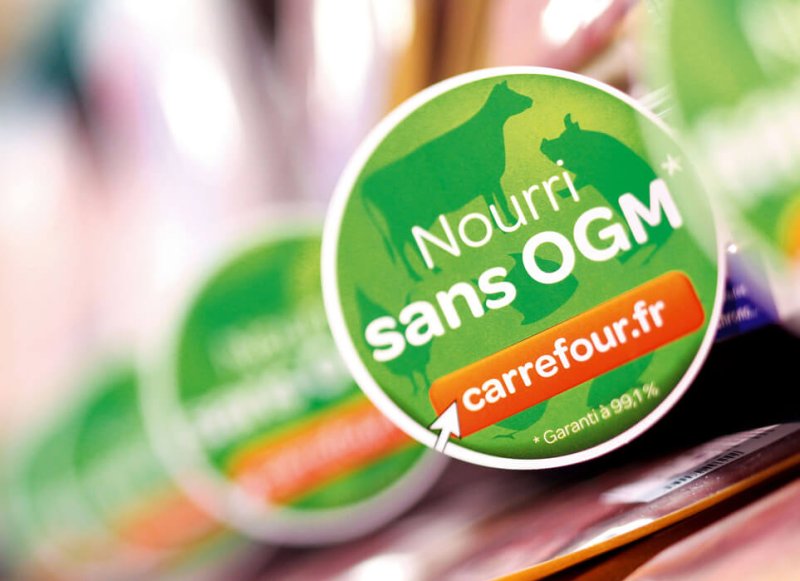








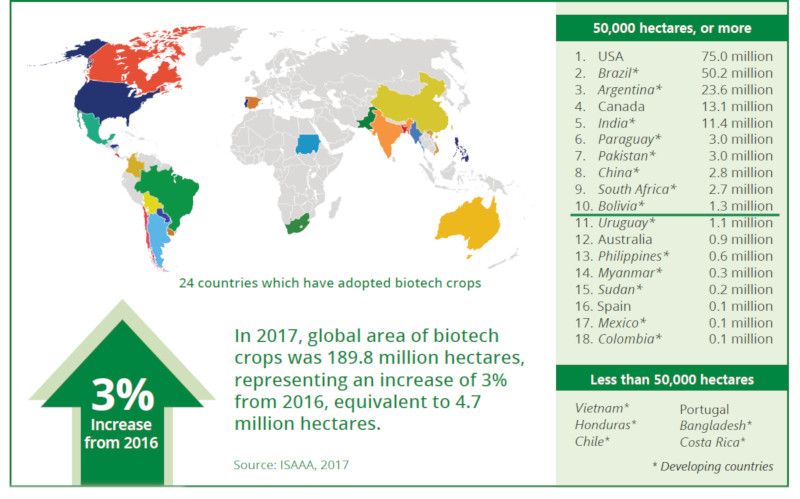
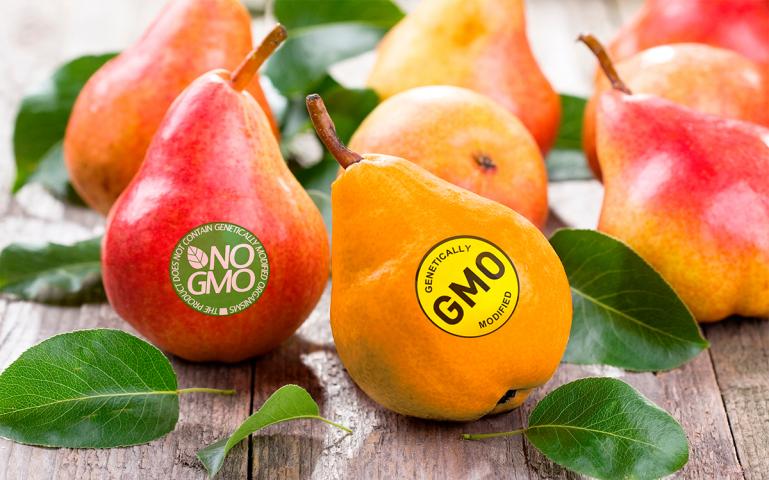


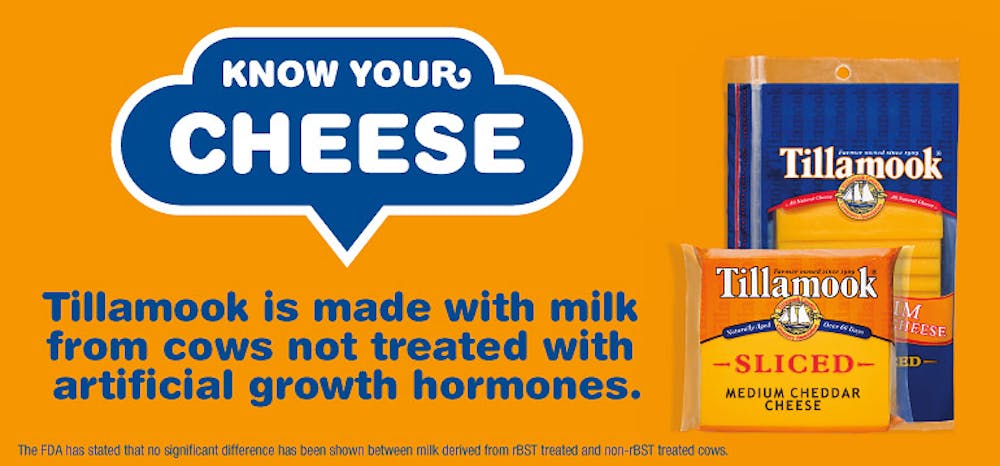

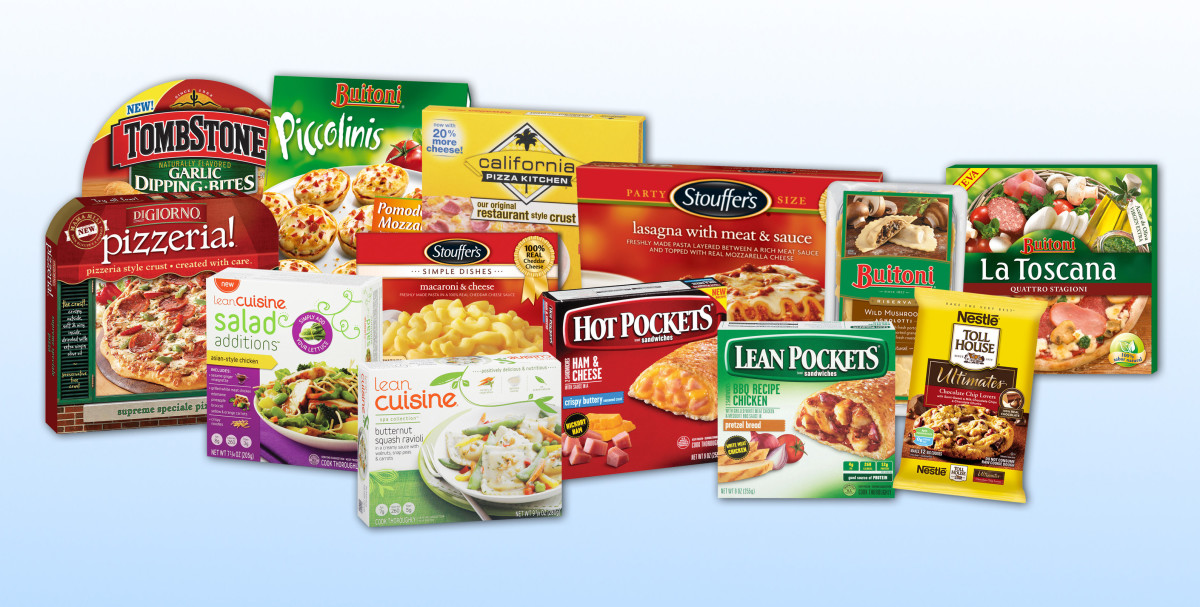

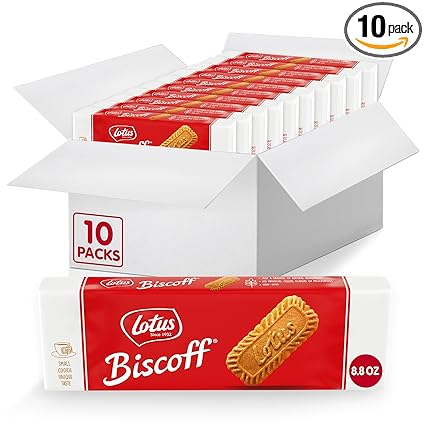
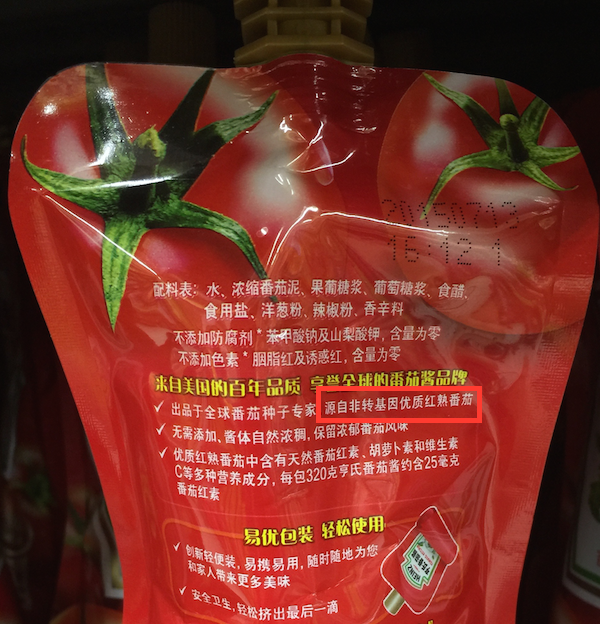

Post a Comment for "44 are non gmo labels required in europe"